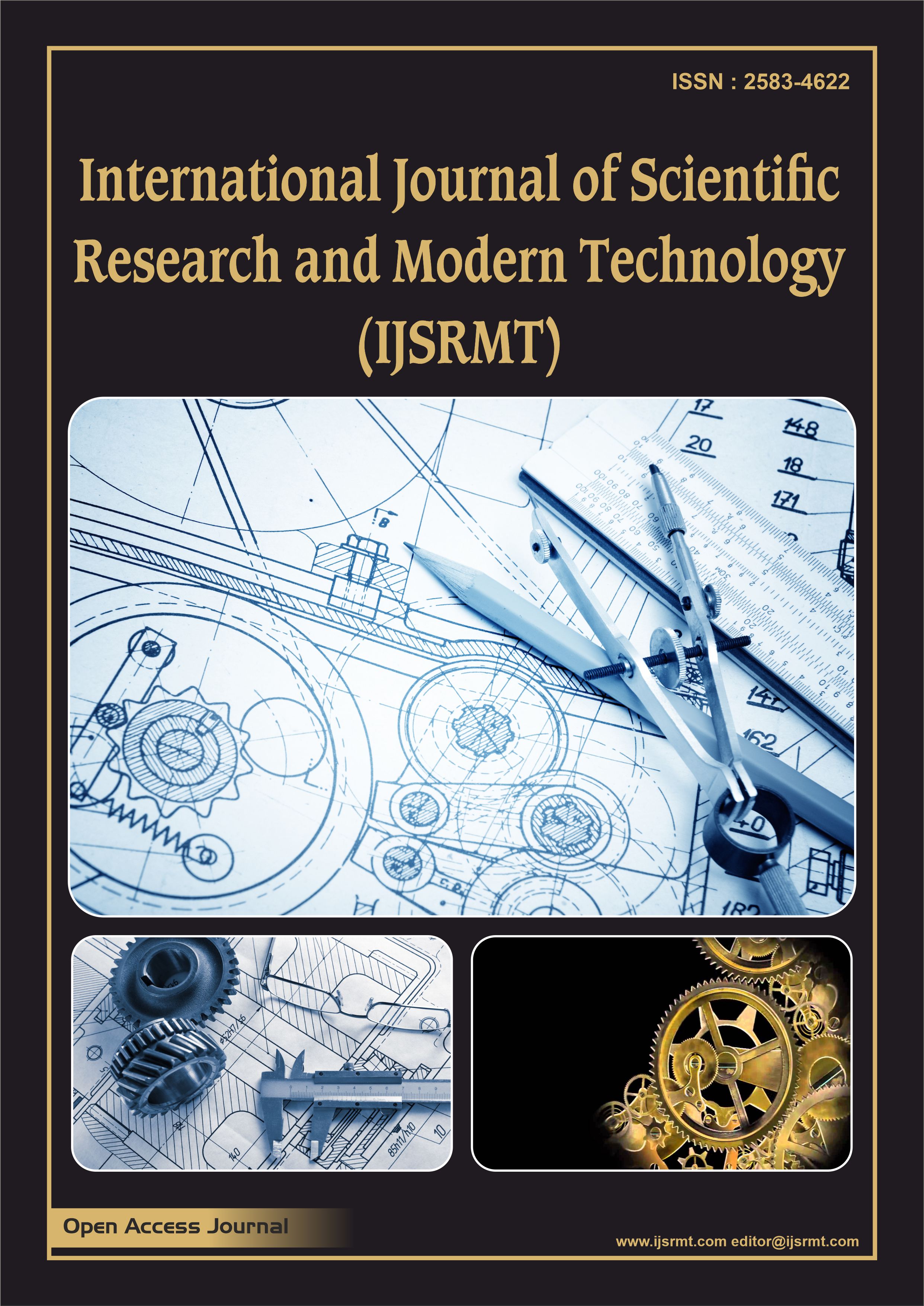Deploying Deep Learning Models for Adaptive Malware Classification and Behavioral Threat Analysis in Evolving Cyber Landscapes
DOI:
https://doi.org/10.38124/ijsrmt.v4i10.893Keywords:
Deep Learning, Malware Classification, Cybersecurity, Federated Learning, Adversarial Robustness, Explainable AI, IoT Security, Edge ComputingAbstract
The synthesised findings of five recent studies on the implementation of deep learning (DL) models to achieve adaptive malware classification and behavioural threat analysis in dynamic cyber environments are presented in this empirical review. The reviewed research shows that DL methods, convolutional neural networks (CNNs), recurrent neural networks (RNNs), transformers, and hybrid approaches are significantly more efficient tools in terms of accuracy, feature extraction, and adaptation to the complexity of malware behaviors than traditional machine learning methods. Hybrid models that merge supervised, unsupervised, and federated learning are even better at improving the scalability and privacy preservation. Despite these developments, several challenges persist, including high computational costs, limited access to high-quality labeled data, susceptibility to adversarial attacks, the need for explainability, and the incorporation of these systems into real-world settings. Research gaps were noted in creating lightweight IoT and edge computing systems, adversarially robust DL models, explainable AI, and continual learning systems. The article review generally confirms the instrumental role of DL in developing adaptive cybersecurity strategies, emphasizing the need for innovative, interdisciplinary, and practical implementations that match the sophistication and practicality required in a dynamic digital environment.
Downloads
Downloads
Published
How to Cite
Issue
Section
License
Copyright (c) 2025 International Journal of Scientific Research and Modern Technology

This work is licensed under a Creative Commons Attribution-NonCommercial 4.0 International License.
PlumX Metrics takes 2–4 working days to display the details. As the paper receives citations, PlumX Metrics will update accordingly.





